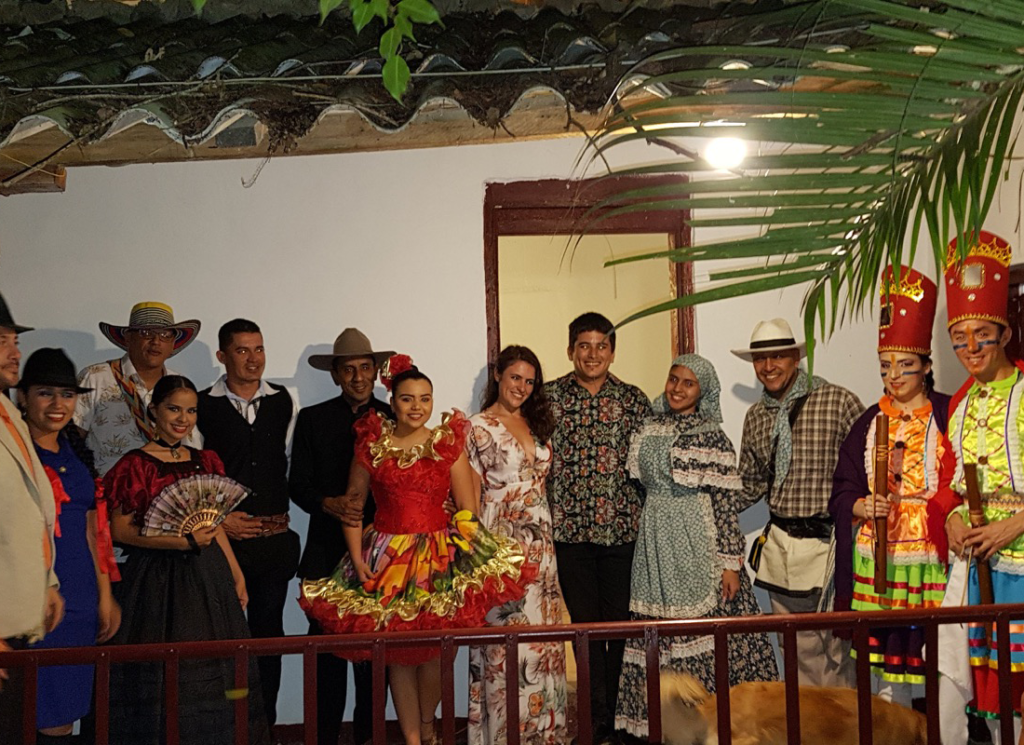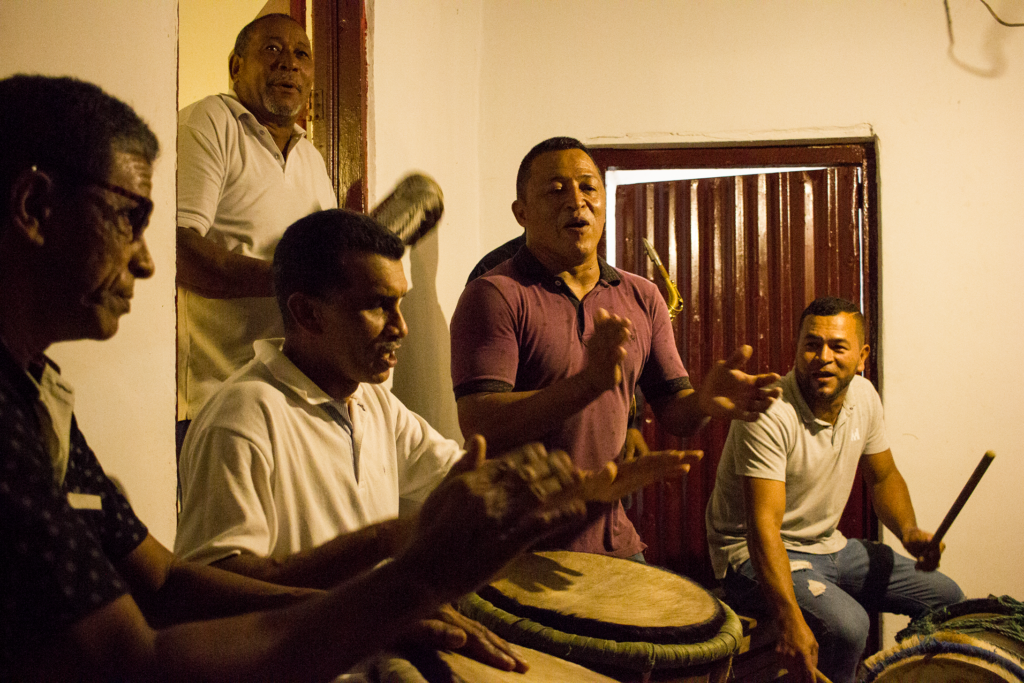Timeline
Santa Fe de Ralito Agreement between the government and AUC
Justice and Peace Law
Paramilitary demobilization
Paramilitary demobilization in the Minca area
Dialogues between government and FARC begin
Signing of the peace agreement with the FARC
Implementation and Attempt to dialogue with current armed groups –ELN, paramilitaries, etc.
Peace Process and Tourism
The government of Colombia, under the leadership of Alvaro Uribe, began negotiating a demobilization of the paramilitary in late 2002 when a unilateral cease-fire was declared. An official agreement was reached in 2003. The AUC was to demobilize its troops by the end of 2005. Punishment for other crimes was reduced to a maximum of eight years. In order to receive these benefits, the group must have demobilized, released kidnapped victims, provided information about illegally acquired assets, and cease paramilitary activity. The laws around prosecution and sentencing of members of illegal armed groups who participated in the demobilization processes was written in the Justice and Peace Law of 2005.
International interest grew drastically due to the peace agreement between the Santos government and the FARC. Negotiations began in 2012 and a treaty was signed officially in Havana, Cuba in 2016. The agreement received significant international attention as it marked the formal end to the longest ongoing conflict in the Western hemisphere. The 2016 peace agreements were also some of the most innovative, robust, and ambitious transitional justice frameworks to date.
The agreements included plans for comprehensive rural development, a plan for political participation, controls for the cultivation and trafficking of illicit drugs, and treatment of victims. This final point included five components: Commission for the Clarification of Truth, Coexistence and Non-repetition; Special unit for the search of missing persons in the context of and due to the armed conflict; Special Jurisdiction for Peace; Comprehensive reparation measures for peace-building and guarantees of non-recurrence.
Part of the negotiations with the FARC included political representation. As a rebel insurgency formed on the basis of political ideology, this was a powerful motivator for the FARC to come to the negation table. Their incentive to comply with the peace agreement has an element of public accountability. The agreement they struck provided them with ten seats in the national government for two terms (from 2018-2022, 2022-2026), after which point they would participate in general elections.
"While a national level demobilization process began in 2006, but was not really felt in Minca or other towns in the region until around 2009. After this, little by little members of my family and other displaced members of the community began to return to Minca. "
–Manuel Balaguera Peñaranda, Co-Founder
When the members of the community began to return, they found the town very changed. Their crops were destroyed, houses abandoned or taken over by others. For the farming community, it was almost impossible to return to normality. Due to economic necessity, many people sold their land out of need and lack of information about the potential of tourism.
After decades of conflict, they did not imagine that a new bonanza was about to begin in the Sierra Nevada de Santa Marta: tourism. Investors began to arrive from different parts of the world, taking advantage of the low prices building hostels, hotels, restaurants, and other businesses.
There are very few businesses whose owners are from the area today. In view of this situation Museo Minca, in its research and investigation process, seeks to support local entrepreneurs participate in the tourism market. Our fight to reduce these opportunity gaps had been working successfully, but unfortunately with the COVID 19 pandemic our project was forced to take a break, even so, we are working hard to resume our Museo Minca community transformation project.

"This is the reality of my home now; a town with open wounds, but optimistic about the changes that the future can bring."

